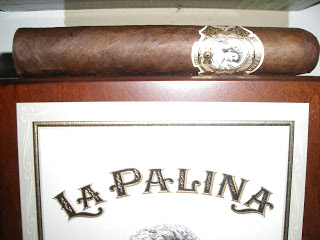Many cigar enthusiasts are quite familiar with La Palina Cigars. Today, the company has an impressive portfolio of offerings from four countries (United States, Honduras, Nicaragua, and the Dominican Republic). The story of La Palina is also quite well know, namely how businessman / philanthropist William C. “Bill” Paley resurrected the brand started by his grandfather, Samuel Paley. It has been six years since Paley brought back the La Palina brand. Today we look back at the re-launch of La Palina. It was a re-launch that took an unorthodox approach and successfully brought back the century-old brand into the marketplace.
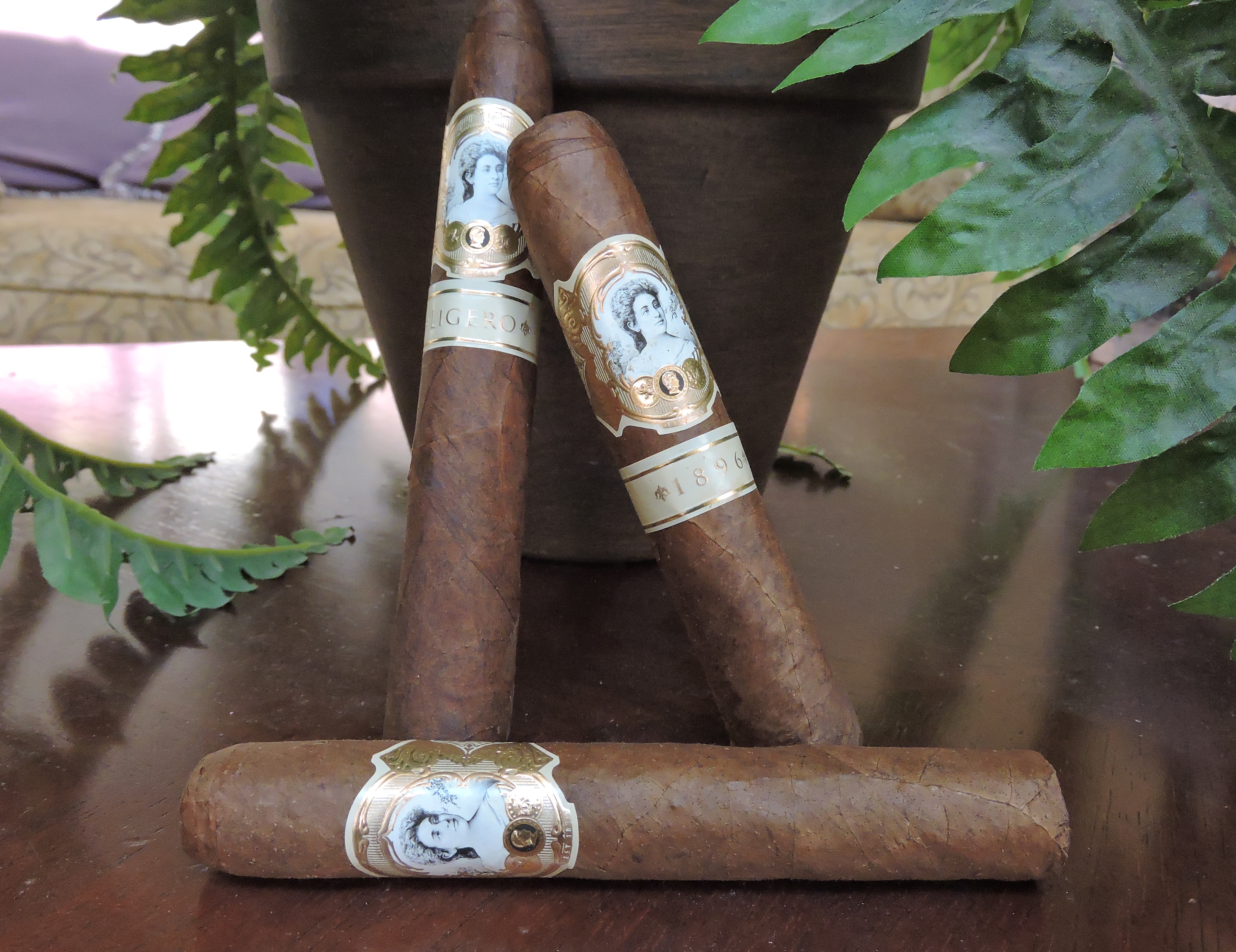
The story of La Palina Cigars traces back to Samuel Paley, an immigrant who came to the United States from the Ukraine in the late 1800s. Settling in Chicago, Illinois, Samuel found work as a cigar factory lector – the person who reads newspapers and stories to the cigar rollers in the factory. He eventually worked his way up to roller and then a blender.
In 1896, Samuel opened up his own store called Congress Cigar Company. He would also produce a brand for his new company called La Palina, a product named for his wife Goldie Drell Paley. In 1910, the company moved to Philadelphia and later Samuel’s son William S. Paley came on board as Vice President. The younger Paley would sponsor a small radio show in Philadelphia called “The La Palina Hour”. The sponsorship led to growth with the La Palina brand, and at the same time the younger Paley also realized the value and potential of radio. He would go forward with the purchase of five radio stations in Philadelphia which eventually would become the beginning of the Columbia Broadcasting System (CBS). In 1926, Samuel Paley would go on to retire. With his son now entrenched in the broadcasting field, Samuel would also retire the La Palina cigar line.
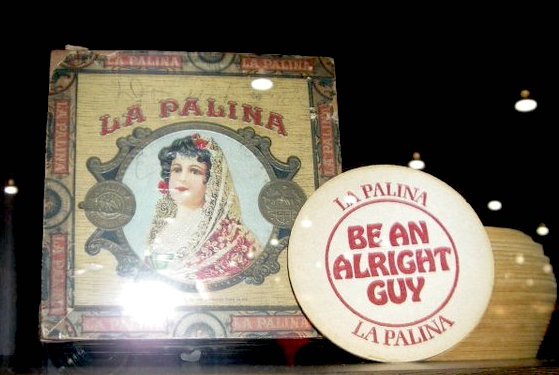
The next chapter of La Palina would fall on William S. Paley’s son (and Samuel Paley’s grandson), William C. “Bill” Paley. While Bill’s father didn’t remain in the cigar business, the tobacco industry ran through the blood of the Paley family. Bill Paley would go on to become a cigar enthusiast. Fast forward to the 21st century and Bill turned his attention to re-establishing his family’s legacy.
The Bahamas
The relaunch of La Palina takes us to the Bahamas. The Paley family has had an estate located at Lyford Cay on New Providence Island known as Lightbourne House. While spending summers at Lightbourne, cigar enthusiast Bill Paley would enjoy many cigars. He eventually wanted to create the best cigar he could for his guests who would come to the estate. This project provided Bill with the opportunity to re-establish La Palina.
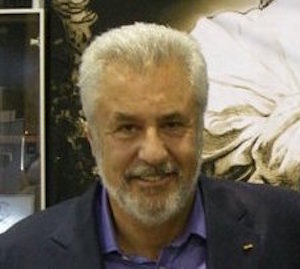
While the Bahamas might seem a very unlikely place to resurrect La Palina brand, there is some rationale behind it. Being an avid cigar enthusiast, Paley struck up a friendship with Enrico and Paolo Garzaroli. The Garzarolis are the owners of the world-famous Graycliff Hotel in the Bahamas. They also happen to be the owners of the Graycliff Cigar Factory. In his quest to make the perfect cigar, it led Bill to working with Graycliff. Paley started collaborating with the legendary Cuban Master Blender, Avelino Lara. Before leaving Cuba, Lara was best known for making the Cohiba line. Working with Lara made a lot of sense in terms of the connection back to the roots of La Palina. The original La Palina lines used Cuban tobacco, there for it made sense for Paley to work with someone who makes cigars in the Cuban tradition.
Around the time Paley started working with Graycliff, the brand was one of the hotter brands. It also was one of the most premium brands out there. Many Graycliff offerings were in the $20.00 range. This was due to not only the fact that the Graycliff brand was synonymous with the luxury resort in the Bahamas, but also because the Bahamas has a high import tax for the raw materials needed to make the cigars.
La Palina 1896
On May 17, 2010 Bill Paley formally announced the return of La Palina Cigars. The first cigar would be a small batch limited edition cigar that Paley developed with Lara and the Graycliff factory known as the La Palina 1896 Limited Edition. The cigar derives its name from the year that Samuel Paley launched his cigar operation.
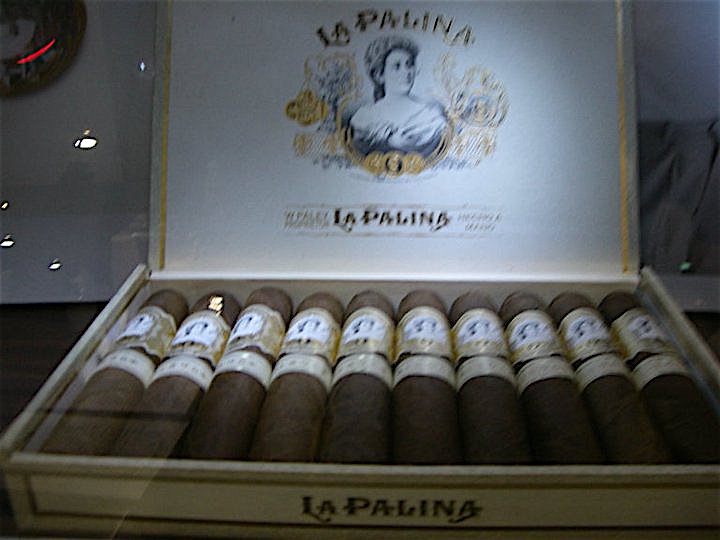
Paley had told me once that the 1896 Limited Edition was originally the result of a factory production error, but he decided to release it anyway. The cigar itself consisted on an Ecuadorian wrapper, Costa Rican binder, and filler from Honduras and Nicaragua. The cigar itself was a short robusto measuring 4 7/8 x 52. It was packaged in ten count boxes. Priced at $19.00, it was an unusual move for a cigar maker to take – namely introducing a relatively unknown ultra premium limited edition cigar into the marketplace.
La Palina Family Series
A few months later, Paley released his first regular production line – the La Palina Family Series. This collaboration with Lara and Grayliff introduced two blends, and four vitolas. Each of the vitolas paid homage to a member of the Paley family.

The La Palina Family Series Pasha and Babe paid homage to Bill Paley’s parents, William S. Paley and Barbara “Babe” Cushing Paley. The Pasha and Babe were intended to be milder offerings utilizing a Costa Rican wrapper, Costa Rican binder, and a combination of Honduran and Nicaraguan fillers. Pasha was a 7 1/4 x 50 Churchill with a brushed footer. Babe was a 5 1/4 x 50 Robusto offering. Given they were coming from Graycliff out of the Bahamas, these were not inexpensive offerings. The Pasha priced at $23.00 per cigar and the Babe priced at $18.00. Bill Paley has mentioned on several occasions the Pasha was his favorite offering.
The La Palina Family Series Little Bill and Alison pay homage to Bill Paley and his wife Alison Van Metre Paley. These cigars have a different blend than Pasha and Babe and consisted of an Ecuadorian wrapper, Costa Rican binder and fillers from Honduras and Nicaragua. Alison was a 6 1/2 x 52 torpedo and Little Bill was a 4 1/2 x 52 perfecto. These blends were intended to be a little stronger than the milder Pasha and Babe offerings. These cigars had a secondary band denoted with “LIGERO” to indicate a stronger blend. Like Pasha and Babe, these were also ultra-premium offerings out of Graycliff in the Bahamas. The Alison priced at $22.00 and the Little Bill was priced at $19.00.
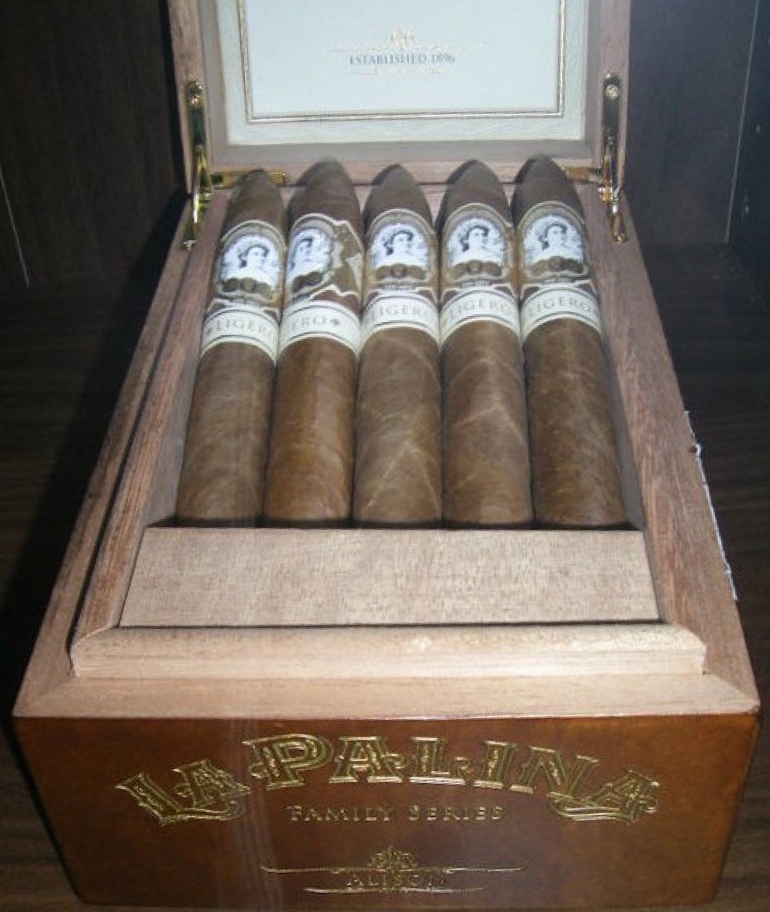
Postscript to Family Series
Launching a brand at around the $20.00 price point is something that is not often done. Back in 2010, many would consider that to be early suicide for a new company. This also came at the time when we were still coming out of a major economic downturn in the U.S. economy and many brands were now trying to focus on the value-priced $6.00 to $8.00 market. Going to market with a superior product was something that Bill Paley set out to do from the start. Paley told me at the 2012 IPCPR that by taking this approach, sales would follow and he would grow his brand. Bill felt working with Graycliff and Lora afforded him the best opportunity to accomplish this.
Besides the deep pockets of the Paley fortune, Bill Paley had one other thing going for him – the story of his family’s company. The brand was marketed as an ultra-premium brand and it was targeted to retailers who focused attention in that space. As a result, the La Palina Family Series would slowly begin to build a cult following in the cigar community. The cigars were highly acclaimed by many media outlets including Cigar Coop which gave the La Palina Family Series Babe and La Palina Family Series Alison the #5 and #7 Cigar of the Year respectively in 2010.
Bill began expanding his portfolio in 2011 and 2012. In 2011, he introduced the La Palina El Diario. This was meant to be a premium everyday cigar. It paid homage to Samuel Paley’s days as the cigar factory lector. Paley partnered with Raices Cubanas to make El Diario, and he was able to deliver a cigar about half the price of the Family Series. Like the Family Series, it garnered high acclaim and captured our 2011 Cigar of the Year on Cigar Coop. Bill would follow this up in 2012 with the La Palina Maduro, a maduro offering out of Raices Cubanas and priced similar to El Diario. He also would release La Palina Classic, a more affordable cigar in the $7.50 to $8.50 range that came out of the PDR Cigars factory in the Dominican Republic.
2012 would also see the release of the La Palina Goldie Laguito No. 2. The Goldie takes its name from Bill Paley’s grandmother (and Samuel Paley’s wife) Goldie Drell Paley. Incorporating medio tiempo in the filler, this cigar would mark the first project Bill Paley would do with El Titan de Bronze in Little Havana. This would become possibly La Palina’s most acclaimed work to date – and it gave the company a second consecutive Cigar of the Year award on Cigar Coop. Since then it has become an annual release in a different vitola each year and has remained enormously popular.
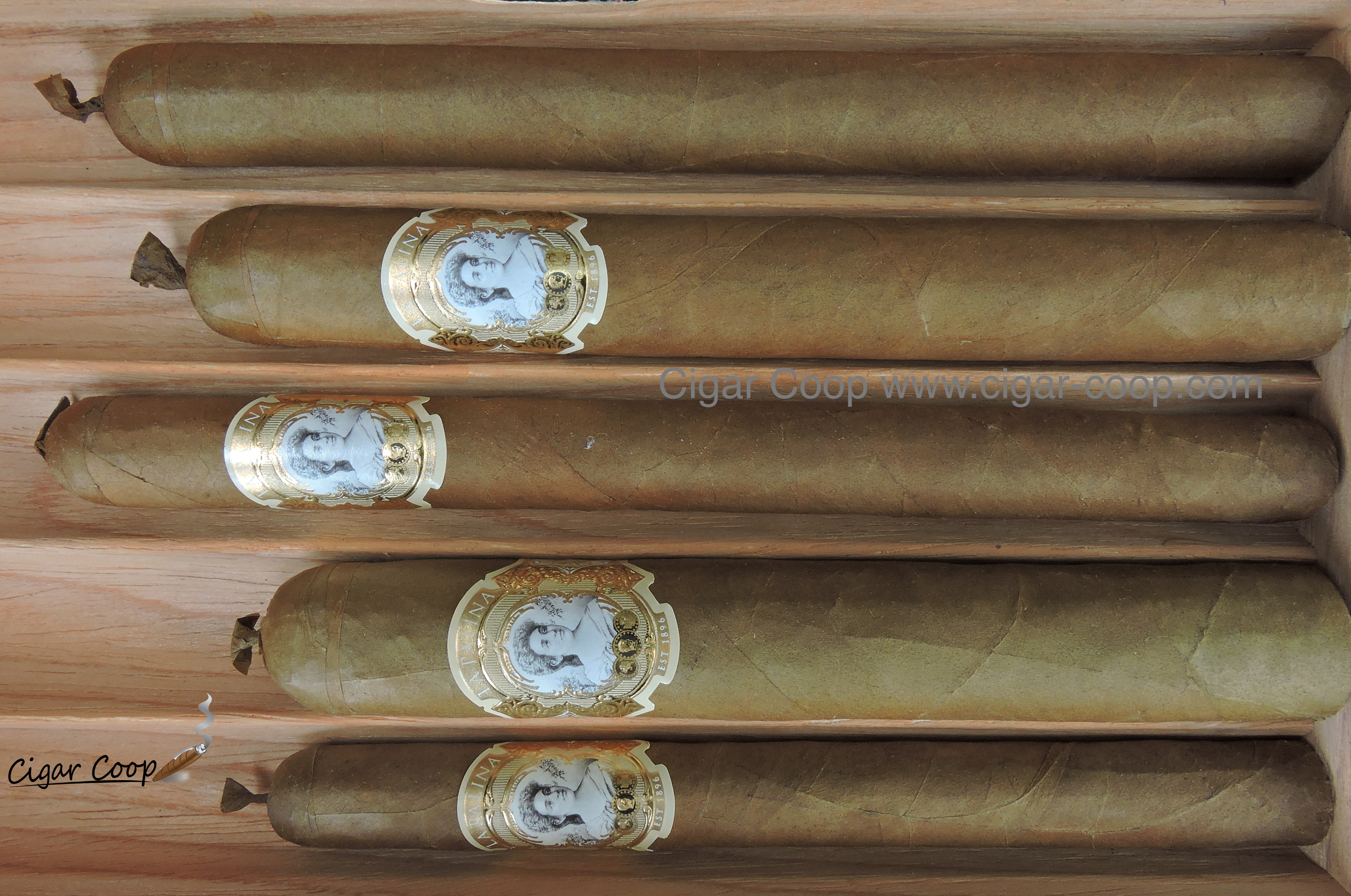
Unfortunately Avelino Lara did not live to see the launch of La Palina Cigars or the original Family Series. Back in October, 2009 Lara would pass away. Paley would then move on to work with Avelino’s son Abel Lara, a roller at the Graycliff Factory.
Retiring and Relaunching the Family Series
With a growing portfolio, it became a challenge to keep the La Palina Family Series going from the Graycliff Factory in the Bahamas. During the 2013 IPCPR Trade Show, Paley said that he was sunsetting the La Palina Family Series (and La Palina 1896 Limited Edition).
In 2015, Bill explained some of the reasons for ending the run with Graycliff : “In the long run, the cost of importing these fine Tabaccos into the Bahamas, which charges 100% duty on importation, priced the product out of commercial practicality for a new cigar company with very little penetration in the market. La Palina went on to produce more affordable cigars and develop the extensive penetration and popularity that we enjoy today. Interestingly enough as the inventory of these super premium cigars dwindled, the demand for them grew. The source Tabaccos which I made the cigar from are however no longer available.”
But that would not be the end of the line with the Family Series.
Bill’s relationship with El Titan de Bronze was blossoming. The annual Goldie release had become one of the most anticipated annual limited edition cigars in the industry. He had worked with El Titan de Bronze to create another limited edition called Mr. Sam (a cigar named for the nickname Samuel Paley’s employees gave him), which was so successful that Bill turned it into a regular production offering. He soon decided that El Titan de Bronze would be the perfect place to handle the production of the La Palina Family Series going forward.
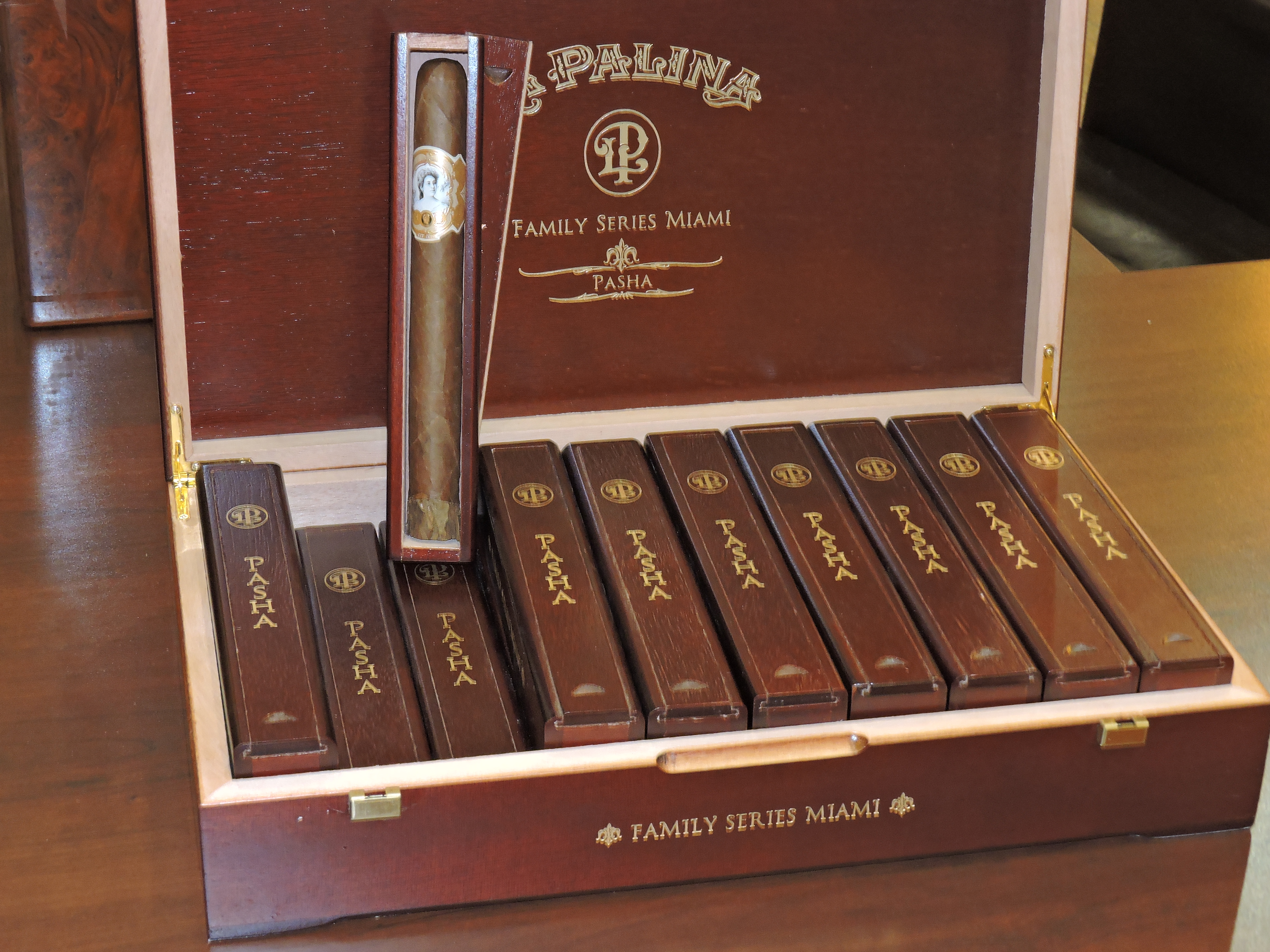
The new La Palina Family Series would be dubbed the La Palina Family Series Miami. Three of the four vitolas were retained: Pasha, Alison, and Babe. The Little Bill perfecto size was not carried over. The line would be consolidated from two blends down to an all-new single blend consisting of an Ecuadorian Corojo wrapper, Ecuadorian Habano binder, and Nicaraguan fillers. While it still retains the title as La Palina’s most premium regular production limited edition line, the Family Series Miami is priced more competitively between $16.50 and $20.00 per cigar. The Pasha also offers a coffin packaged option.
While the Bahamian made La Palina Family Series is no more, Paley has said he has taken any remaining inventory remain and is putting it away for long-term aging. The plan will be to release these cigars as a vintage cigar release at some future date.
Epilogue
With the releases at the 2016 IPCPR Trade Show, La Palina Cigars is now a company that offers eleven regular production blends plus the limited edition Goldie line. While it doesn’t make cigars in the Bahamas any more, it still utilizes factories in the U.S., Honduras, the Dominican Republic, and most recently Nicaragua. This is a company that is no doubt gearing up to do future for many years to come. Over the past year, the company has brought in industry veterans Clay Roberts (CEO and co-President) and Sam Phillips (co-President) to join Bill Paley on the executive team. When I visited Paley at the 2016 IPCPR Trade Show, he informed me he has been preparing La Palina to do business in the new era of regulation by the U.S. Food and Drug Administration (FDA).
Over the past six years, I’ve followed La Palina’s journey to where they are today and have enjoyed it immensely. This is a company that’s come a long way from the days of the original La Palina Family Series. As stated earlier, Bill took a highly unorthodox route to where it is today – namely coming to market with a $20.00 cigar. However, Bill did a masterful job at telling his family’s rich history in the cigar business through delivering that ultra-premium release.
The day will come when the remaining vintage La Palina Family Series cigars will be released – and my gut tells me when those cigars are re-introduced to market, they are going to be wildly successful. It will have many of us remembering the 2010 days when that cigar was the best secret in the business.
Photo Credits: Cigar Coop
